While we were figuring how the appearance of the sun's changing position, Mrs. Brinza shared a video of her own kids noticing something in the daytime sky--the moon!
We've all seen the moon in the daytime sky, and we recognize that it happens over and over again. We know it's just not as frequently happening as the moon in the nighttime sky.
So why do we see the moon at nighttime? Why does it change shapes, colors and sizes so much? How can this help explain how we see the moon during the day, too?
So why do we see the moon at nighttime? Why does it change shapes, colors and sizes so much? How can this help explain how we see the moon during the day, too?
We began thinking that we had so many questions, that we needed to first explain day and night. From here, this would hopefully help us position the moon in both the nighttime and daytime sky.
So now that we know where we have to be to experience day and night, we're trying to see what happens as the moon orbits the Earth. We are seeing that depending on where we are on the Earth, we see the moon differently, and we turned ourselves into the Earth, a pencil's eraser as the moon, and our Google Meet screen as the Sun!
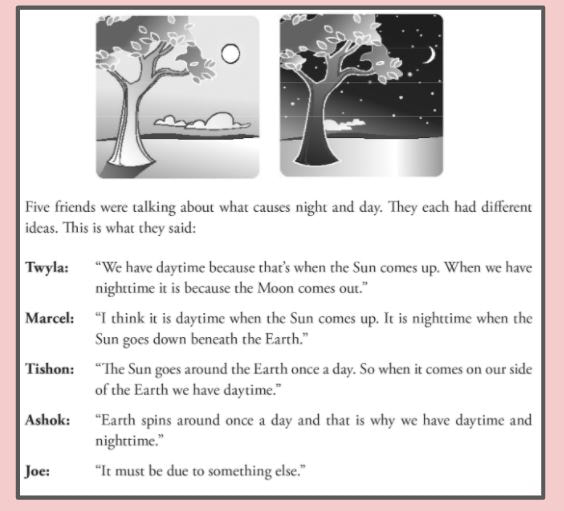
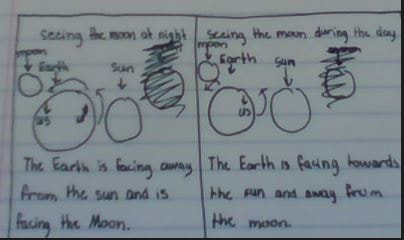
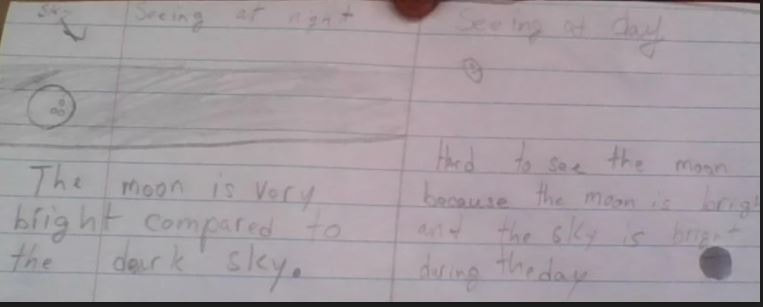
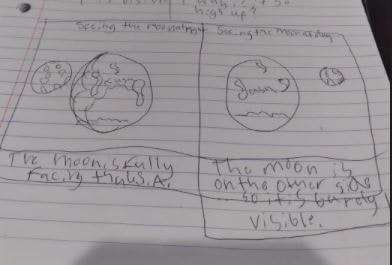
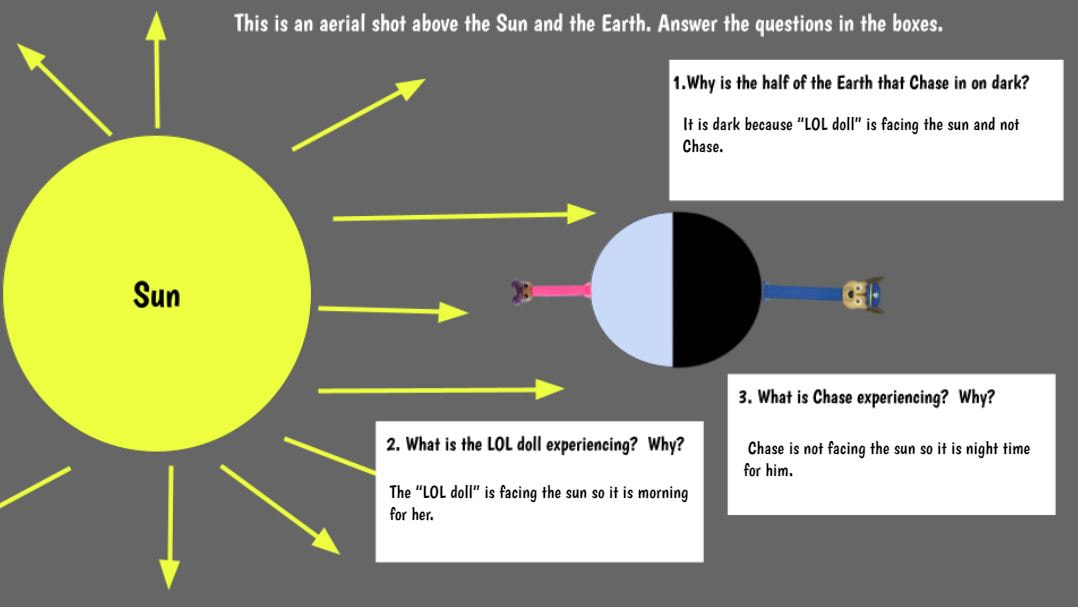
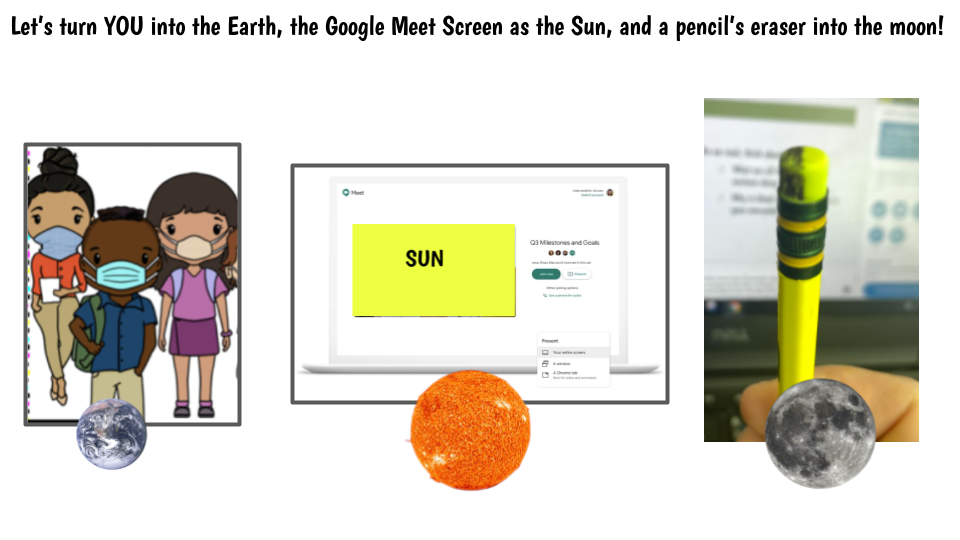
 RSS Feed
RSS Feed